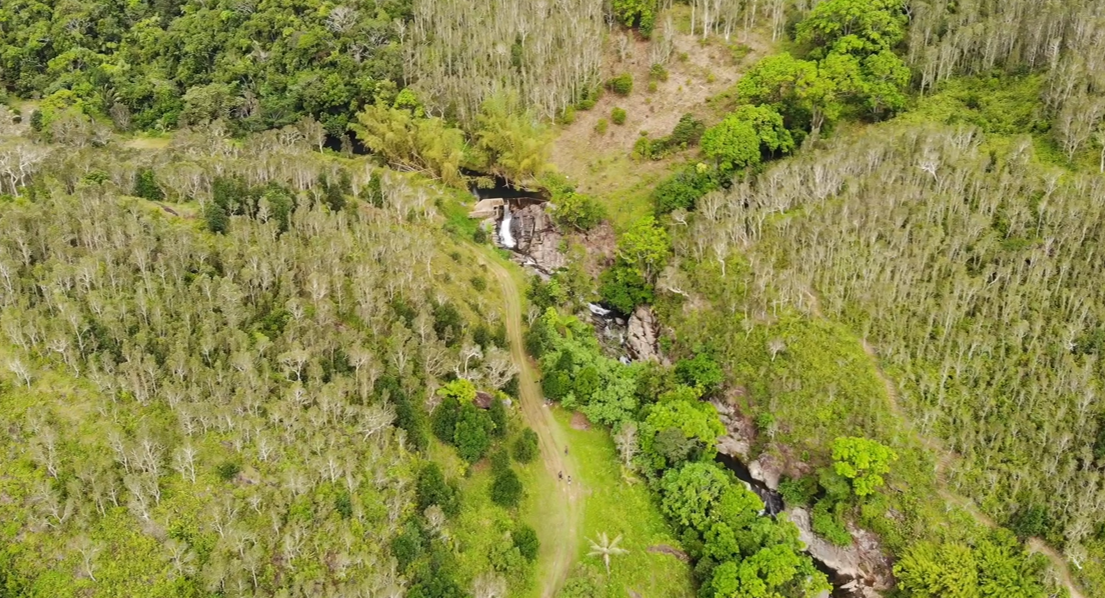The Government of New Caledonia, the Pacific Community and the Bureau of Geological and Mining Research have produced the first hydrogeological atlas of New Caledonia, thanks to funding from the European Union. This “Base de Données des Limites des Systèmes Aquifères” (Aquifer System Boundaries Database) better known by its French acronym “BDLISA-NC”, now provides experts and the public with access to key information on groundwater resources.
New Caledonia has just released its first hydrological atlas: the “Aquifer System Boundaries Database” (BDLISA-NC). The BDLISA-NC has several objectives: promoting knowledge about water; improving its management; and raising public awareness about the use, changes and dangers facing New Caledonia’s groundwater.
The availability of water resources is an issue of growing concern in New Caledonia and one of the top priorities for shared water policy, which includes sanctuarising catchment areas and strategic resources, preserving the environment, not to mention providing 150 litres of drinking water per day per capita.
In Grande Terre, most of the groundwater used comes from the alluvial aquifers of the West Coast. On the Loyalty Islands, on the other hand, it comes from freshwater lenses. BDLISA-NC helps to better distinguish the contours of the resources that are used, as well as to identify potential new groundwater resources. The geographic data have been developed in 3D and are available both to experts and the general public.
BDLISA-NC is one of the top references of the information system of the Geological Service of New Caledonia, alongside the geological map from which it is derived. This tool is funded by the European Union as part of the PROTEGE project, and was created by the New Caledonian Geological Department (DIMENC), in partnership with the Geological and Mining Research Bureau, the Water Service of New Caledonia (DAVAR), and the Pacific Community (SPC).
Useful links:
- Access the hydrogeological atlas here.
- Learn more about the shared water policy here (in French only)
